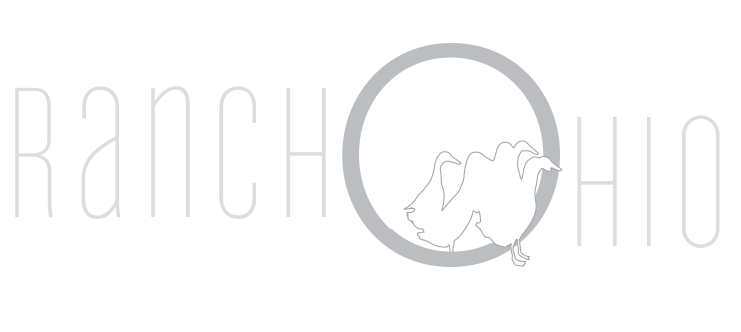About
Decay, transformation, and memory are not merely themes in my work—they are its essence. I conceive my art as ecologies: systems of pervasive, interconnected relationships that do not simply reflect nature but actively participate within it. Art as ecology transforms nature and is, in turn, transformed through decay. This decay activates memory, revealing the deep interconnectedness of external ecosystems and the intricate, layered processes of memory within us.
Humanity’s brief moment in a world of excess has conditioned us to seek instant gratification while neglecting the imperceptible and the incomprehensible. We fail to notice shifts in climate, dismiss the small, and cannot grasp the immensity of time. We forget our place in the vast continuum of "deep time” and the illusiveness and trickery of “dreams.” My work demands attention to these histories, provoking conversations about humanity’s role in these expansive, interconnected systems.
The Seasons for the Midwest ecology challenges conventional markers of time, replacing clocks and calendars with abstracted seasonal moments: the first snowfall, the last mowed lawn, blooming wisteria, and summer’s storms. These works compel us to experience time through nature’s rhythms, to see both past and future in the present moment.
The Tools for Measuring Deep Time ecology dissects the process of decay as a force of transformation. Patterns dissolve, paper forms representing language disintegrate, structural supports collapse, and ceramic elements ultimately crash to the ground, destined to return to the soil. This intentional degradation underscores the impermanence and regenerative cycles at the heart of life.
Currently, I am Fishing in the Subconscious and reimagining dream-spaces, reclaiming them as dynamic, contemporary expressions of vitality and relevance.
